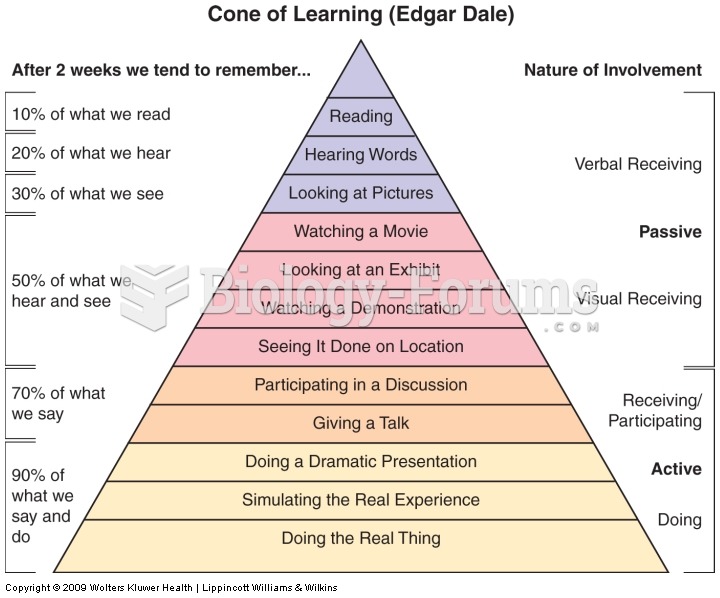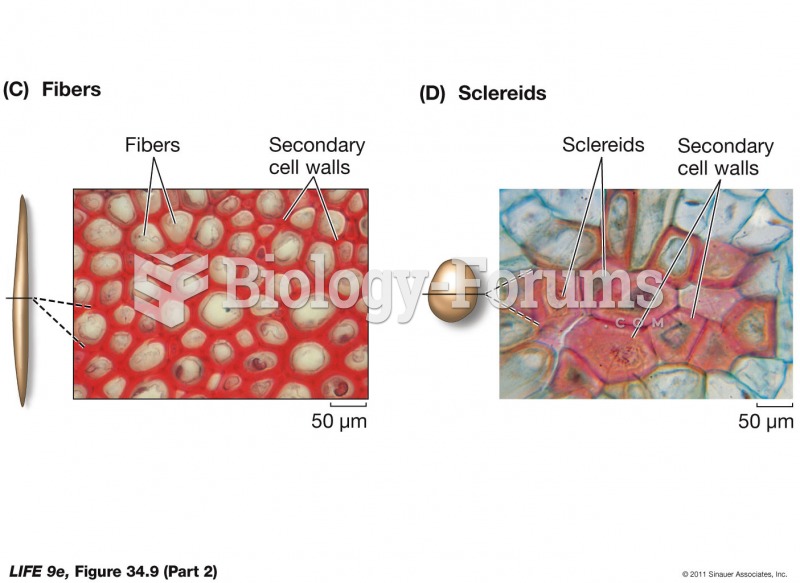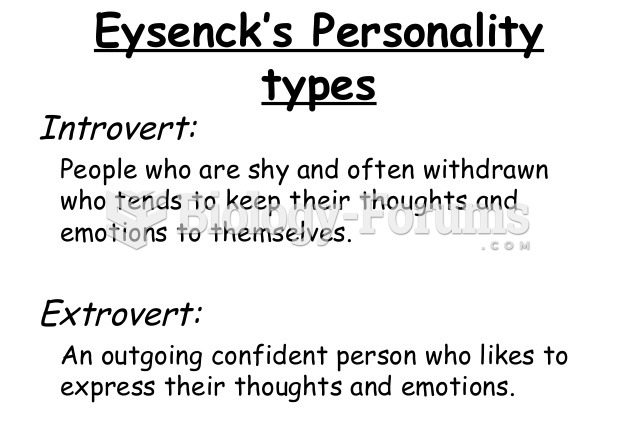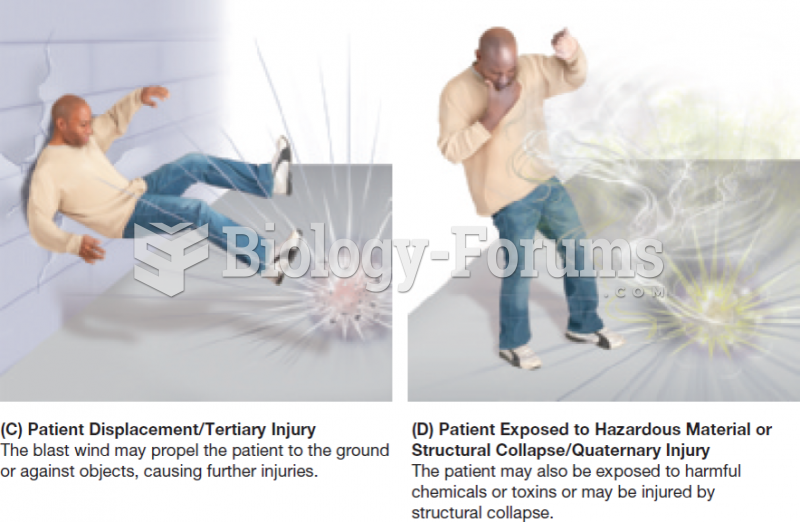Answer to Question 1
D
Answer to Question 2
The amount of problem-solving activity consumers engage in varies considerably, depending on their prior experience and the need to reduce financial, personal, and social risk. Consumers learn quickly, and when they locate the product, brands, and retailers that are good at satisfying their needs at a low or acceptable level of risk, then the degree of problem solving decreases. There are three levels of problem solving. These levels are determined by whether or not the consumer has a strong preference for a specific brand or retail store.
With habitual problem solving, the consumer relies on past experience and learning to convert the problem into a situation requiring less thought. Here the consumer has a strong preference for the brand to buy and the retailer from which to purchase it. Some consumers are not only habitual users of products but also heavy users.
Limited problem solving occurs when the consumer has a strong preference for either the brand or the store but not both. The consumer may not have a store choice in mind but may have a strong preference for the brand to purchase. In this instance, since the brand has already been determined, the consumer has, in a sense, restricted the problem-solving process to deciding which retailer to patronize among those that carry the brand. Because the consumer may not be aware of all the retailers that carry the item, some searching may be required. Problem solving should be viewed as a continuum.
Extended problem solving occurs when the consumer recognizes that a problem exists yet does not have a strong preference for either the brand or the store. Extensive problem solving typically involves infrequently purchased expensive products of high risk. Here, the consumer desires a lot of new information, which implies a need for extensive problem solving.







